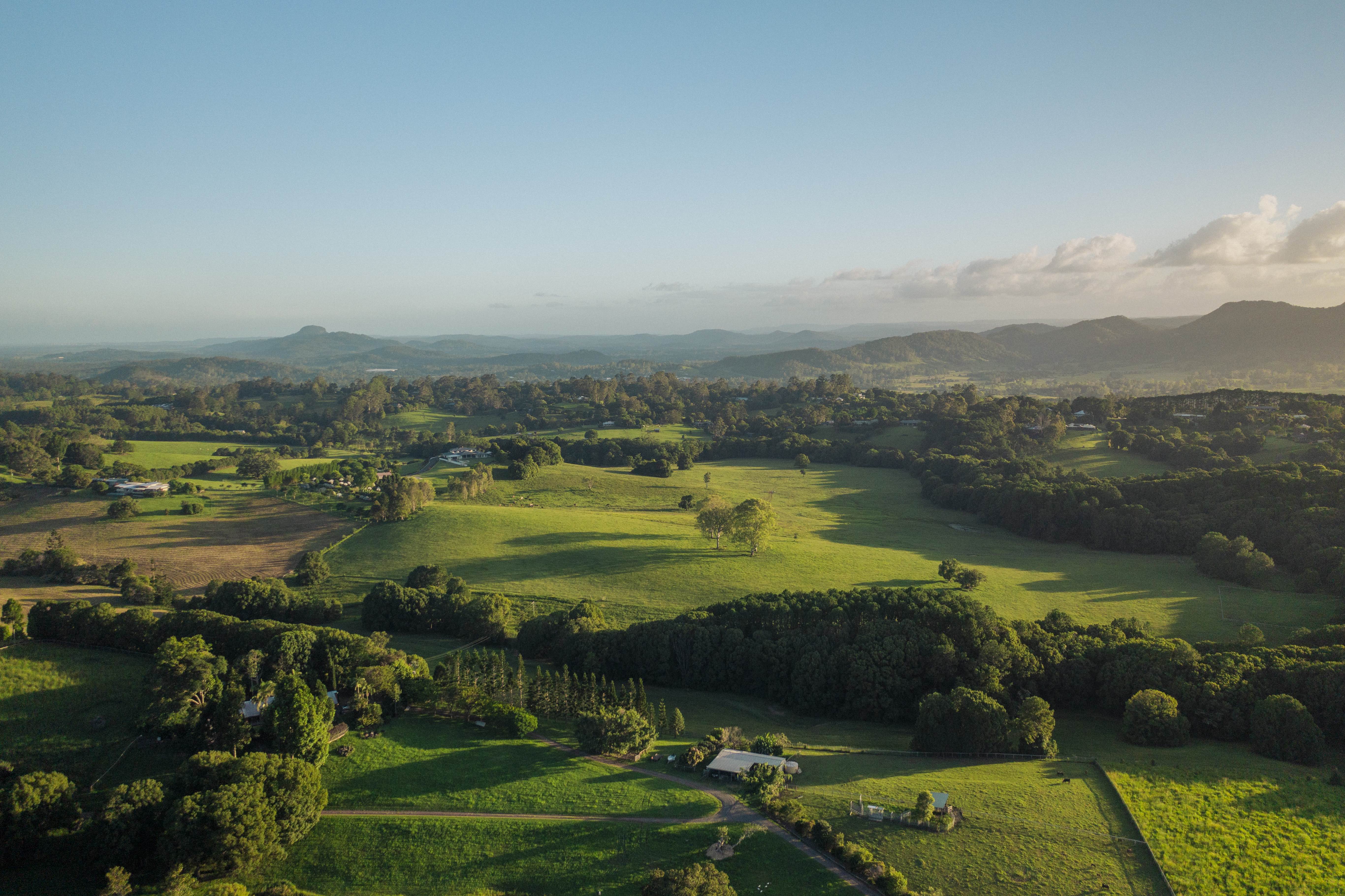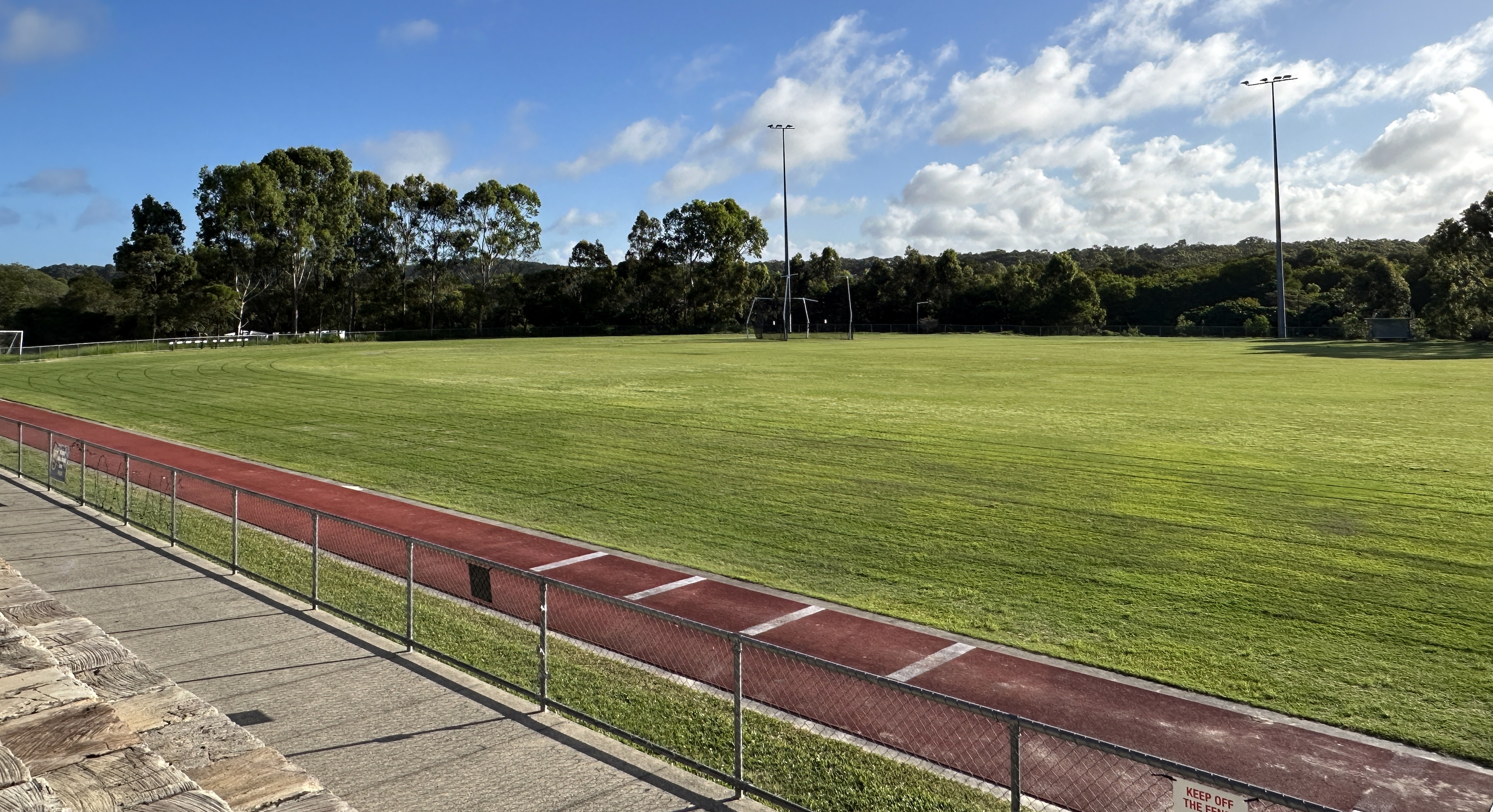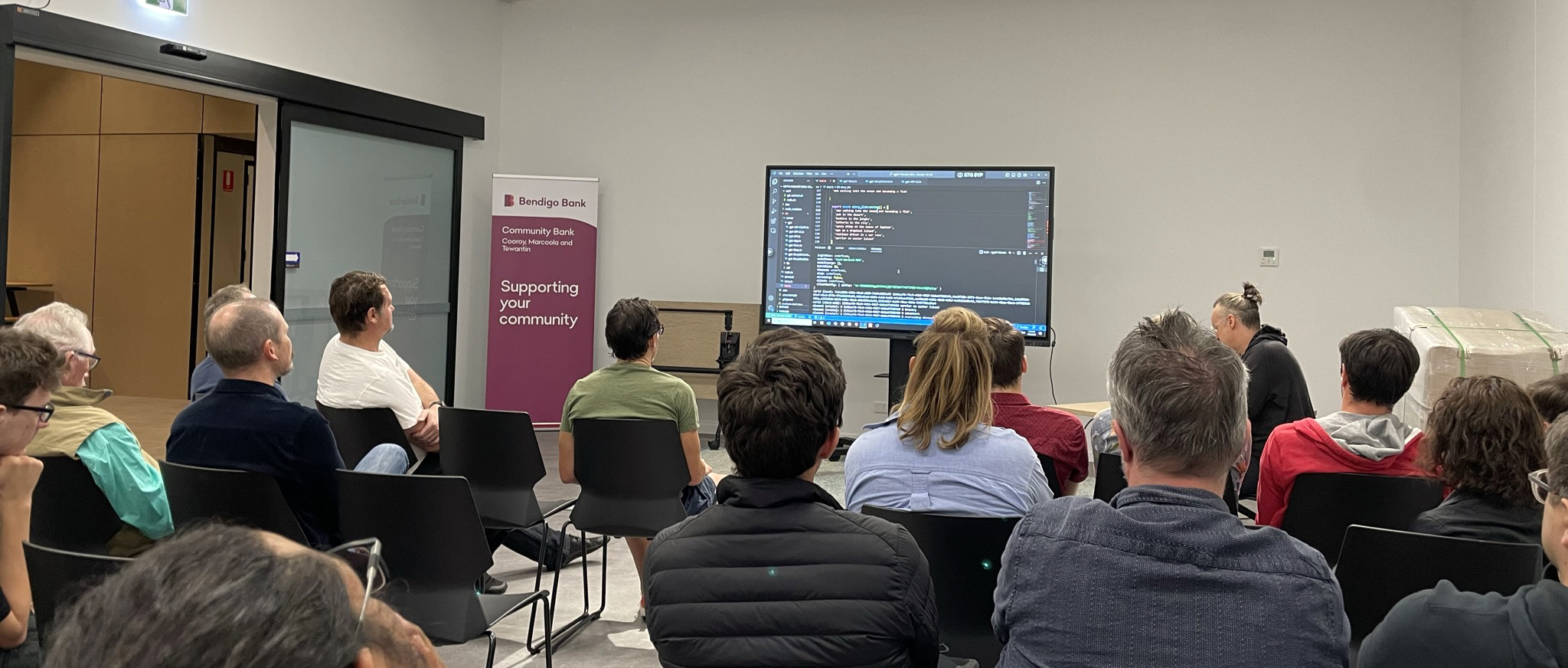As an advocate to introduce Queensland’s first local law to manage STAs, I can ensure a review of its performance as a top priority in the new council, if elected.
Even vocal opponents of the Law, who voted against it and STA planning scheme changes at every opportunity, are now loudly recognising its necessity and the need to ensure it works as intended.
Updated data showing more registrations, numbers of enforcement notices and fines, renewals refused, applications refused and renewals surrendered will soon be available as part of quarterly reporting.
I can ensure the scheme will be resourced to capture more unregistered properties and enforce time limits for noise complaint responses.
We will also investigate how to exempt visitor resorts with on-site management from the Local Law.
The rise and proliferation of STA which occurred in an unregulated environment is an example of conflicting land uses causing disruption.
Residents’ enjoyment of their homes and availability of rental properties have been drastically affected by STA businesses.
Thanks to online platforms, STAs proliferated in residential neighborhoods and communities around the world have been responding ever since.
The new Noosa plan stopped every home in the low-density residential zone potentially being converted to STA.
The 2022 Monitoring Report prepared for the Minister stated continued growth in use of dwellings for STA, particularly in designated residential zones and business centre zones, compromised housing for permanent residents, particularly key workers who support the tourism industry with labour, businesses and services.
Housing Strategy actions seek to further limit STAs in other residential areas and retain more dwellings for long-term residential use. When ratified, this means no more STA approvals in any residential or business centre zone.
In the face of legal threats and constant negative media in the lead up to the 2020 elections, I was among those consistently advocating for changes in the planning scheme and Noosa’s Local Law (a Queensland first) to address STA’s impacts on residential neighbourhoods.
Although some voted against their introduction this term, the Noosa Plan 2020 and Local Law adopted in 2021 moved to limit the growth and impacts of short-term accommodation (STA) in residential neighbourhoods.
Attitudes have shifted now and there’s Housing Strategy actions on the way to limit the spread of STA’s and much work to do to address the impacts of STAs.
A full complement of staff to manage the local law is imperative and some properties are yet to be registered. I will be encouraging colleagues to allocated the resources needed to ensure an effective registration and enforcement regime on behalf of residents needs and the reporting required to keep them informed on progress.
Reducing the impact and spread of STAs is a priority from a resident amenity, housing crisis and Noosa community identity perspective.
SMART DEVELOPMENT
Noosa’s comparatively relaxed look and feel (non city ambience) is due to the practice of deliberately minimising the use of big city symbols, including high-rise, overscale development, roadside commercial bill boards, traffic lights and parking meters, to name a few.
Instead, the Noosa Planning scheme keeps development to mostly two-storeys and only four storeys, maximum, in certain areas.
It also places a high value on protecting vegetation and other natural assets, parks, public open spaces, forests, rivers and waterways.
The Noosa Planning Scheme embodies the community’s collective aspiration to retain these points of difference that make it a great place to live.
With development and commercial pressures increasing there’s always the risk that resident amenity and natural assets are degraded through speculative development applications that seek buildings that are over height, over scale or in the wrong zone.
Poor planning decisions result in conflicting uses. An indicator of poor land planning use is often a divided community and residents turning against each other.
Endless surveys including the recent Destination Management Plan reaffirmed that the community want Noosa Council to hold fast to its planning scheme and ensure all new businesses, tourism attractions and property development meet the standards expected and not negatively impact on resident amenity.
Smart applicants understand and respect what the planning scheme sets out to achieve and 95% of all applications are approved.
Noosa Council’s success in defending court action against overscale and out of zone development has been attributed by an Environment and Planning Court judge to its consistent record of councillor resolutions in support of its planning scheme.
When councillors vote against motions that uphold the planning scheme, they weaken the council’s capacity to protect the community from overscale development, immediately and in the long-term.
The planning scheme is regularly updated through amendments to accommodate changing community needs while preserving Noosa’s points of difference.
Sometimes threats to Noosa’s points of difference are external, such as growth targets imposed by State government through the South-East Queensland Planning process.
While the State respected our call to not allow 4-8 storey buildings in Noosa, three storeys of units on every residential lot or cram in 10,000 people in the next three years, we do have to assess whether an 18,000 population increase by 2046 is achievable in reality and what the implications may be for our roads, planning, lifestyle and resident amenity.









